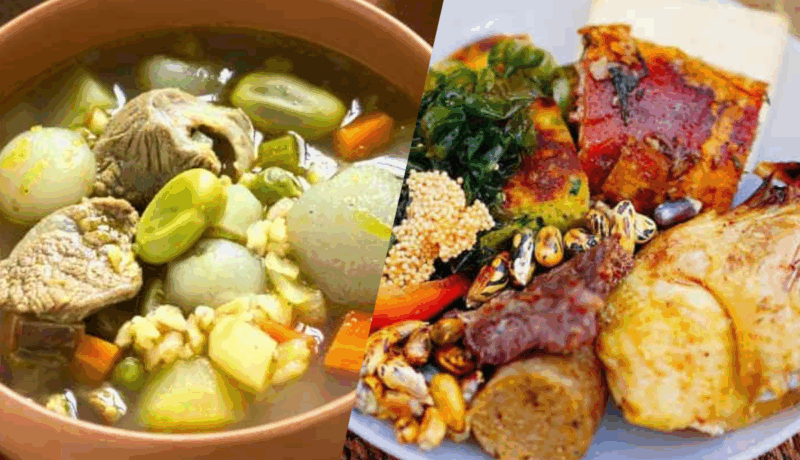
CUSCO’S TYPICAL DISHES ARE A FEAST FOR YOY PALATE.
Cusco is a city with an important cultural and historical presence. It is also a Peruvian region that comes alive thanks to its unique and traditional cuisine. Cusco’s traditional dishes take us on an extraordinary culinary journey, and in this blog, we present the best dishes you cannot miss when visiting the imperial city. Cusco, the cradle of the Incas, amazes us with its ancestral architecture and rich, authentic cuisine. Join us on this culinary journey as we guide you through traditional dishes that are a must-try to experience the best of Cusco.
Table Of Content
- Chiri Uchu: A Cusco Tradition or Excess of Identity
- Cusco-style baked guinea pig
- Adobo Cusqueño: An ancestral flavor for every breakfast.
- Kapchi of beans and mushrooms: Andean tradition and flavor.
- The puchero cusqueño is an ancestral Andean-Spanish fusion stew
- Chairo Cusqueño is an ancestral soup with pre-Hispanic roots
- Chicharrón cusqueño: a crunchy Andean tradition with colonial roots.
- The zarza de patitas cusqueño is an ancestral stew and a symbol of the Andes
- Cusco Quinoa Soup: Living Heritage of the Andes
- Cusco fried trout is a modern tradition with an Andean soul
- Corn with cheese is a living tradition in Cusco
- Olluquito with charqui: A dish of Andean history and tradition
Chiri Uchu: A Cusco Tradition or Excess of Identity
Chiri uchu (Quechua: chiri = cold; uchu = chili or guiso) is the star dish of the Corpus Christi festival in Cusco, Peru. This cold dish consists of an unusual mix of ingredients: guinea pig, chicken, chorizo, cheese, egg, corn tortilla, seaweed (yuyo), dried eggplant, and red chili.
Is it cultural richness or culinary disorder?
This dish reflects the union of ingredients from the coast, the highlands, and the jungle, as well as the fusion of Inca and Spanish cuisines. However, it also generates division. Advocates see it as a symbol of regional identity and cultural resistance, while critics consider it a confusing, indigestible, and unappealing dish for the average tourist.
Is it worth trying?
It is a traditional dish in June, especially during the Corpus Christi festival. However, its temperature and combination of flavors continue to evoke both love and rejection. Many Cusqueños proudly defend it, while others prefer to maintain the tradition without tasting it.
Cusco-style baked guinea pig
Is a traditional dish that embodies the region’s culture and flavor.
This emblematic dish of Cusco and the Peruvian Andes is prepared for traditional festivals, rituals, and family gatherings. Its roots date back millennia: pre-Inca peoples raised guinea pigs for food and used them in rituals dedicated to Pachamama (Mother Earth).
Preparation:
The guinea pig is marinated in a mixture of garlic, cumin, aji panca, salt, and either chicha or black beer. It is then baked whole in a clay oven, which gives it a crunchy exterior and juicy interior.
Typical accompaniments:
Golden potatoes.
Mote (white corn).
Huacatay chili.
Creole salad (onion, tomato, and rocoto pepper).
Cultural importance:
These foods are served at festivities such as Inti Raymi, Corpus Christi, the Day of the Peasant, and patron saint celebrations.
It symbolizes hospitality, respect, and abundance in Andean communities.
The dish even appears in Cusco art. For example, it is featured in the famous painting of The Last Supper in the Cusco Cathedral, where Jesus and the apostles share a guinea pig.
Controversy:
Although the guinea pig is considered sacred by Andeans, many tourists associate it with pets. This creates a cultural clash and sparks debate about the diversity of food traditions.
Adobo Cusqueño: An ancestral flavor for every breakfast.
This traditional stew from the Cusco region has its roots in colonial times when Spanish influence introduced pork to Andean cuisine. Since then, communities in Cusco have adapted the recipe using local ingredients, such as chicha de jora and aji panca, to create this unique, comforting dish.
Main ingredients:
Pork on the bone, chicha de jora (fermented corn), aji panca, garlic, onion, cumin, and oregano.
The meat is slowly cooked in this mixture until tender, bathed in a thick, slightly acidic, and spicy broth.
Serving:
It is served hot with serrano bread for dipping in the delicious broth.
Cultural context:
This dish is mainly enjoyed on Sundays in Cusco, in picanterías and in people’s homes. It is considered a hearty, energizing meal to combat the cold in the Andes. It is also known as “levanta muertos” for its restorative power.
Lechón Cusqueño: Tradition and Ancestral Flavor
This traditional dish emerged after the arrival of the Spaniards in the 16th century, when they introduced pork to the Andes. Andean communities adapted this meat to their traditional culinary techniques, creating a unique dish.
The piglet is marinated with garlic, cumin, Andean herbs, and salt before being cooked slowly in a clay oven until the skin is crispy and the meat is juicy. Lechón cusqueño is a traditional dish served at patron saint festivals and family celebrations, symbolizing abundance and hospitality.
It is traditionally served alongside native potatoes, mote, and chili sauce, reflecting the fusion of European and Andean flavors.
Kapchi of beans and mushrooms: Andean tradition and flavor.
This ancestral stew is especially popular in Cusco and Puno. It stands out for its use of local, nutritious ingredients. It is made with fresh or dried beans and Andean mushrooms and combined with onion, garlic, aji amarillo, and herbs like huacatay or cilantro.
This dish reflects the importance of traditional agriculture and respect for Andean biodiversity. It is a popular choice for vegetarian or low-meat diets in rural communities.</p></p>
It is typically served with white rice or boiled potatoes, and sometimes with fresh cheese, which balances its flavor and texture.
The puchero cusqueño is an ancestral Andean-Spanish fusion stew
The emblematic Andean dish reflects the cultural fusion of Spanish gastronomy and indigenous tradition following the conquest. The colonizers introduced the puchero, and local communities adapted it by adding native ingredients like potatoes, squash, yucca, corn, and beans, along with beef, pork, and chicken.
Traditional preparation:
Chefs make this stew with various meats that they slowly cook in a flavorful, nutritious broth. They add local vegetables to create a hearty dish that provides warmth and energy—ideal for the cold climate of Cusco and the Andes.
Cultural context: Families serve puchero at festivals, family gatherings, and communal celebrations. It symbolizes abundance, unity, and cultural integration. This dish showcases local ingenuity in adapting foreign recipes to regional ingredients, thereby preserving the gastronomic identity.
Chairo Cusqueño is an ancestral soup with pre-Hispanic roots
Chairo is one of the most traditional and emblematic soups of the Andean highlands, with origins that date back to pre-Incan times. Indigenous peoples in southern Peru prepared this nutritious soup using native ingredients, such as dried potatoes (chuño), Andean camelid meat, and quinoa.
When the Spaniards arrived, they introduced new meats, such as lamb, and different vegetables to the dish, but chairo retained its original essence. Thus, people have consolidated chairo as a symbol of cultural resistance and gastronomic adaptation over the centuries.
Ingredients and preparation:
Chefs slowly cook chairo with meat (lamb or beef), dried potatoes, beans, corn, carrots, and herbs such as huacatay. The result is a thick, tasty, and comforting broth that is ideal for the cold Andean climate.
Cultural importance:
This dish plays a central role in Andean festivities and rituals, reflecting the profound connection between people, land, andhistory. Chairo represents much more than food; it serves as a living expression of identity and tradition.
Chicharrón cusqueño: a crunchy Andean tradition with colonial roots.
Chicharrón cusqueño stands out as one of the most representative dishes of Cusco’s gastronomy, originating from colonial times when the Spaniards introduced pork and adapted it to local
customs. Cooks prepare it using pieces of pork, including the skin and fat, seasoning it with garlic, pepper, and aji amarillo. They slowly fry the meat in its own fat to achieve a crispy texture while keeping the interior juicy and tender. People commonly enjoy it during breakfasts and lunches in Cusco, traditionally serving it with mote (cooked corn), sweet potato, and salsa criolla or aji picante, creating a perfect combination of flavors and textures.
Chicharrón not only serves as an ideal energy food for the Andean cold, but it also symbolizes the fusion between Spanish culture and Andean culinary traditions. Families and communities savor it at fairs, festivities, and gatherings, making it a symbol of Cusco’s gastronomic identity.
The zarza de patitas cusqueño is an ancestral stew and a symbol of the Andes
This traditional Cusco dish stands out for its gelatinous texture and intense flavor, made by slow-cooking pig’s feet. The stew reflects the Andean philosophy of utilizing every part of an animal, demonstrating respect for resources and tradition.</p></p>
Chefs season the stew with aji amarillo, garlic, onion, and local herbs, resulting in an intense, comforting flavor that suits the cold climate of the hi
ghla
nds. Families traditionally serve it at celebrations and gatherings alongside rice, boiled potatoes, corn, and Creole sauce.
Cusco Quinoa Soup: Living Heritage of the Andes
This traditional Cusco dish has ancestral roots that trace back to pre-Inca cultures.
Preparation and cultural significance:
Cooks prepare this soup using cooked quinoa, potatoes, pumpkin, peas, carrots, and herbs such as huacatay. Some variants include meat, milk, or cheese. The soup turns out thick, nutritious, and comforting—ideal for the cold climate of the highlands.
Andean households consume it daily, and it symbolizes cultural identity and food sovereignty.
Cusco fried trout is a modern tradition with an Andean soul
Adaptation and Tradition
Thanks to the cold, clean waters of the highlands, the fish adapted easily, and peasant communities made it an important source of protein. They prepare the dish simply: they season whole trout with salt, garlic, and lemon, fry it in oil until crispy, and serve it with native potatoes, rice, and a fresh salad.
Cultural Significance:
Although Andean families have proudly adopted trout as a “modern” ingredient compared to other traditional foods. Today, fried trout symbolizes cultural adaptation and sustainability, and people serve it in both peasant homes and tourist restaurants alike.
Corn with cheese is a living tradition in Cusco
Choclo is corn with large, soft kernels. It was a sacred food for the Incas and the foundation of their agriculture in the Sacred Valley. Rituals used it to represent fertility and abundance.
It is still present at fairs, markets, and festivities in Cusco.
Olluquito with charqui: A dish of Andean history and tradition
This emblematic Andean dish enjoys great popularity in Cusco and the Peruvian highlands. The main ingredient, olluco, is a tuber that farmers cultivated over 3,000 years ago.
Traditionally, cooks used charqui, dehydrated llama or beef, to preserve protein in an environment without refrigeration.





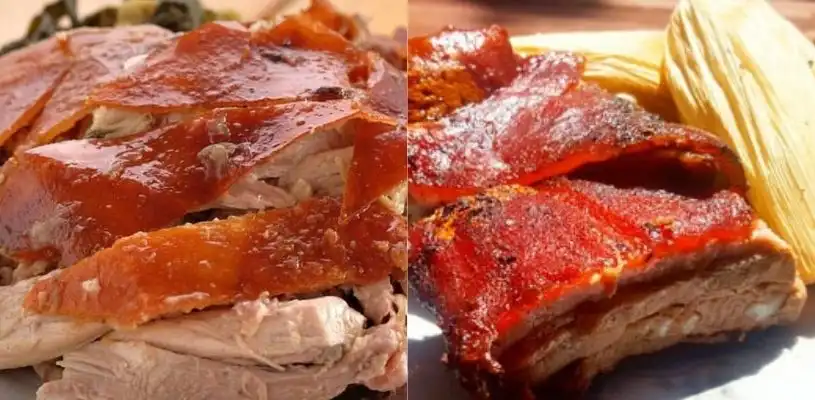
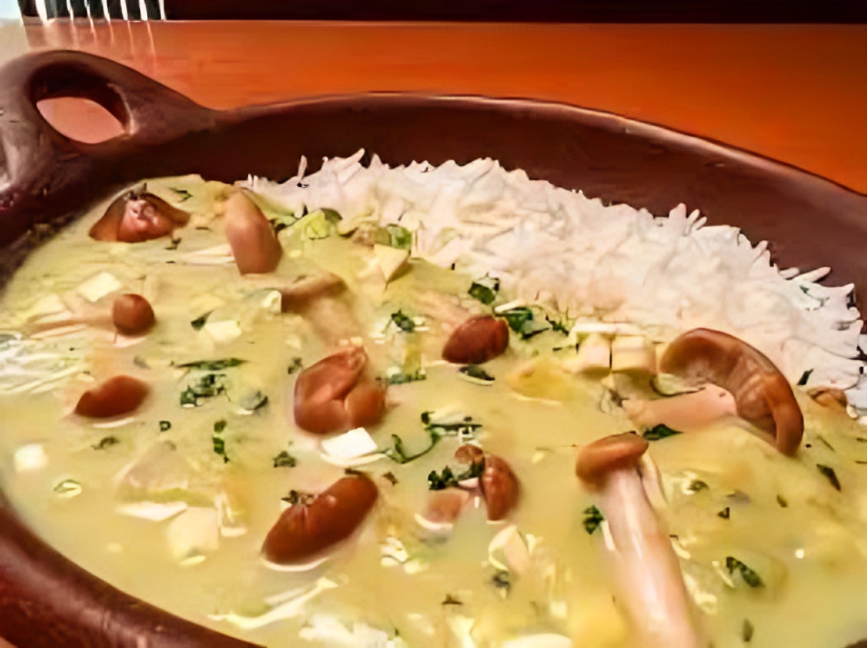
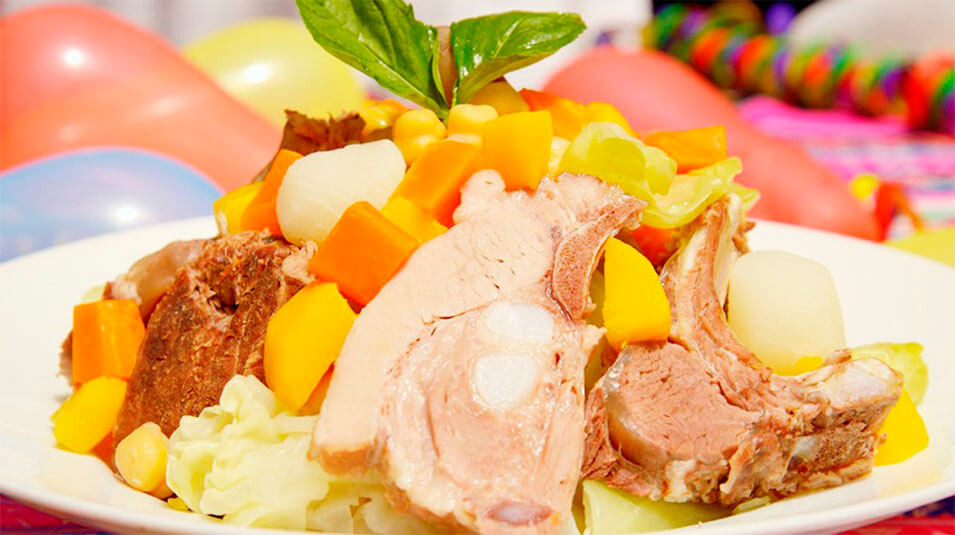

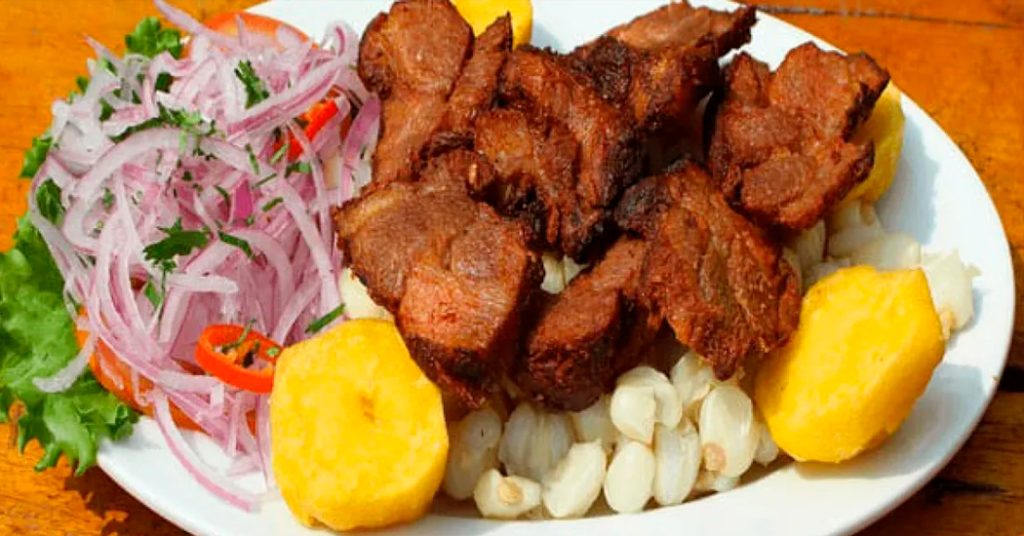


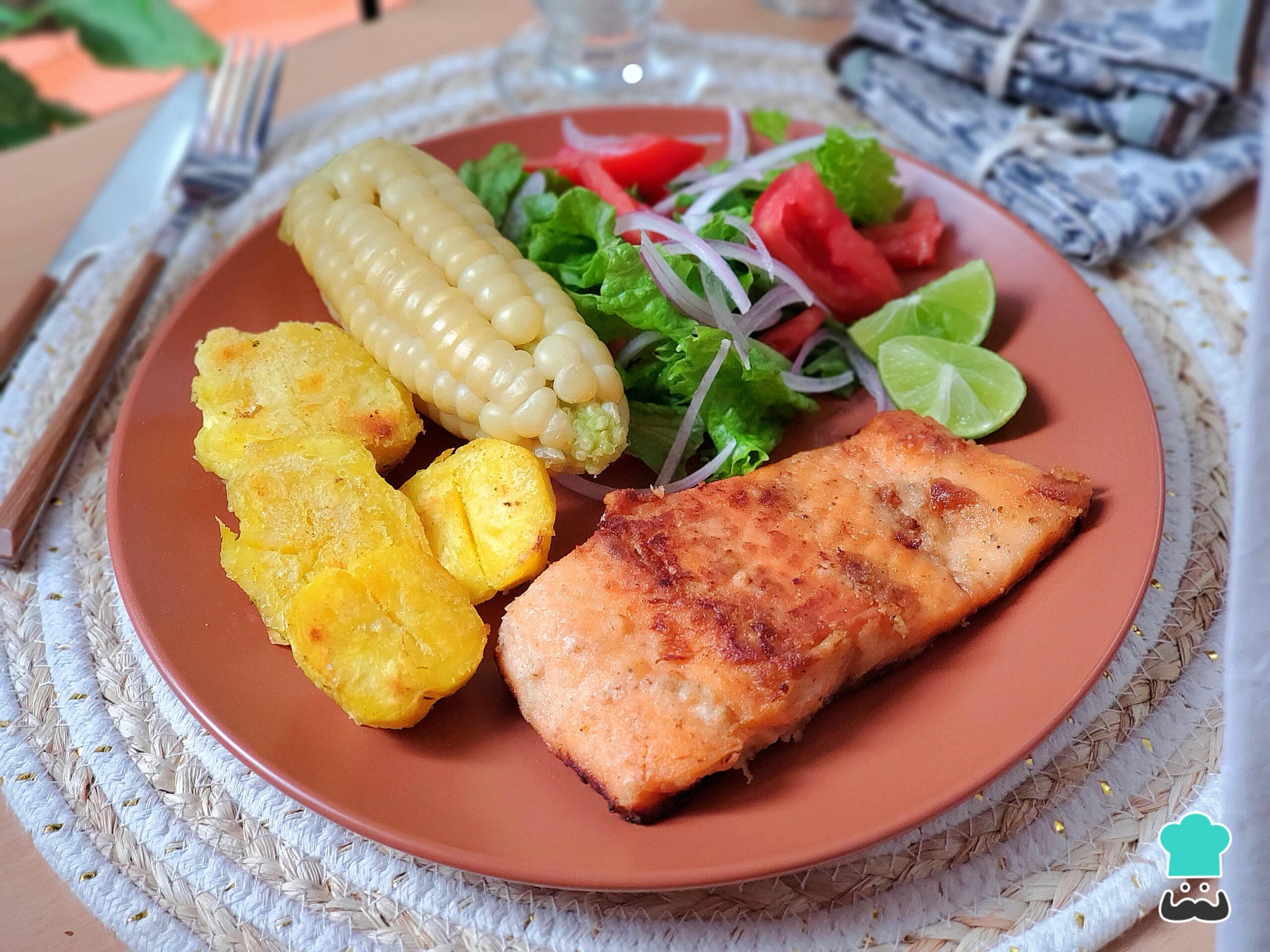
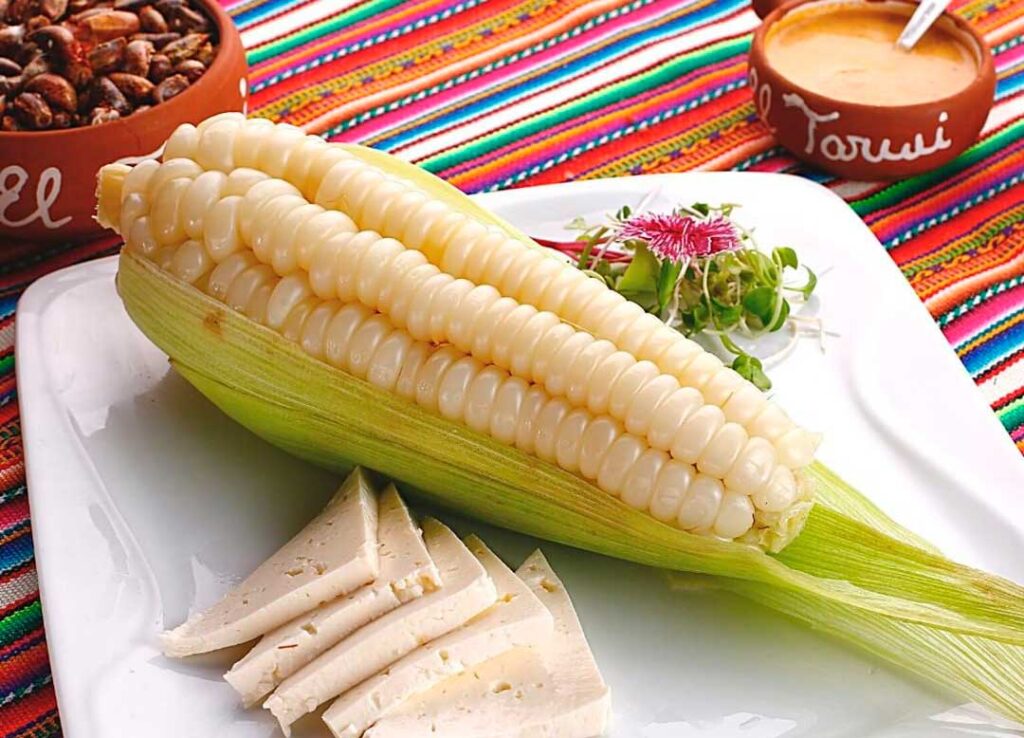

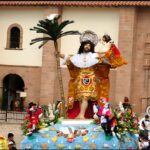
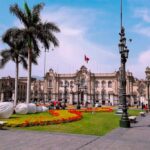

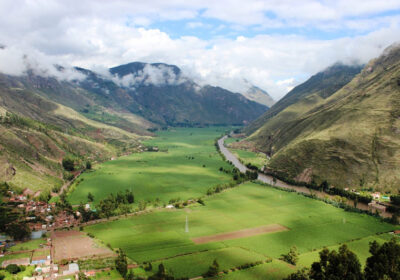

No Comment! Be the first one.